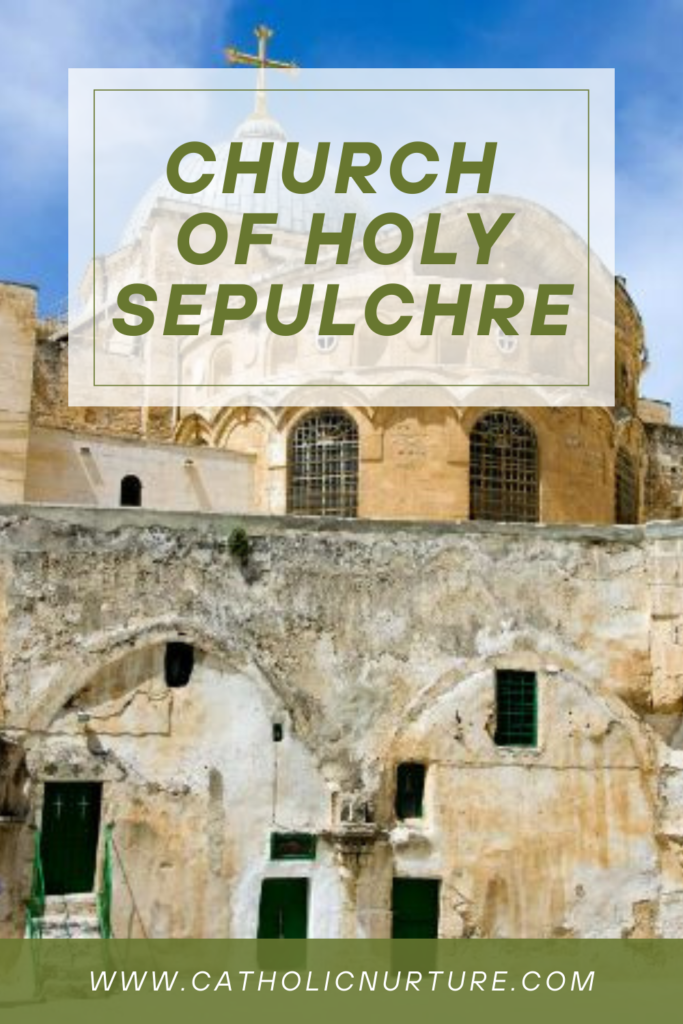
The Catholic calendar is dotted with numerous feasts and one of them is Exaltation of the Holy Cross. The Feast of the Exaltation of the Holy Cross is celebrated every September 14th.
But what is it really about and how this feast started?
How the Feast of the Exaltation of the Cross Started?
The Cross is the symbol of torture and death. In the times of the Roman Empire, it was used to execute rebels and criminals and it was a very painful and slow death.
If Jesus had not died on the cross, this cruel instrument of death would still remain a symbol of cruelty and inhumane penalty.
But thanks to Jesus. His death on the cross transformed this instrument of death into an instrument of hope and salvation.
Thus, the cross became a symbol of hope for Christians. We use it in our rosaries, in our prayers and in our altars.
St. Helena and the Exaltation of the Holy Cross
According to the legend, this feast traces back to the early 4th century AD. Saint Helena, the mother of Roman Emperor Constantine the Great, went on a pilgrimage to Jerusalem.
On her pilgrimage, she is said to have discovered the true and real Cross in which Jesus Christ was crucified. This remarkable discovery happened around 326-328 AD and it brought immense joy to the early Christians.
The Loss of the True Cross
The True Cross remained in Jerusalem after its discovery by Saint Helena in the early 4th century AD. However, Jerusalem and its sacred relics became vulnerable to foreign invasions.
In 614 AD, the Persians, under King Khosrow II, invaded Jerusalem and captured the city after a brief siege. The True Cross was among the spoils taken from the city. It was transported to the Ctesiphon, the Persian capital.
The Recovery of the True Cross
The loss of the True Cross was a major blow to the Christian world. However, its recovery was closely tied to Byzantine Emperor Heraclius’ military campaigns.
There was a series of wars between the Byzantine Empire and the Sassanid Persian Empire. Heraclius embarked on a counter-offensive in 627 AD. He managed to advance into the heart of the Persian territory.
The mounting pressure forced the Persians into negotiations.
One of the conditions put forth by Heraclius for peace was the return of the True Cross. The Cross was returned to Heraclius in 628 AD as part of the peace agreement.
Returning the Cross to Jerusalem
Emperor Heraclius wanted to personally return the True Cross to Jerusalem. According to Christian tradition, Heraclius intended to carry the Cross into the city on his shoulders while wearing his imperial regalia.
However, he found himself unable to move forward at the city gates.
Zacharias, the Patriarch of Jerusalem, advised him to humble himself by removing his imperial garments and crown.
As Heraclius did so and dressed as a penitent, he was then able to proceed and successfully bring the Cross back to its rightful place. The cross was brought to the Church of the Holy Sepulchre.
Modern Observance of the Feast

The feast of Exaltation of the Cross also marks the dedication of the Church of the Holy Sepulchre. The Church of the Holy Sepulchre is believed to be the place where Jesus died, buried and resurrected.
Today, the Feast of the Exaltation of the Holy Cross is observed by numerous Christian denominations including the Roman Catholic, Orthodox, Anglican, and some Protestant churches.
